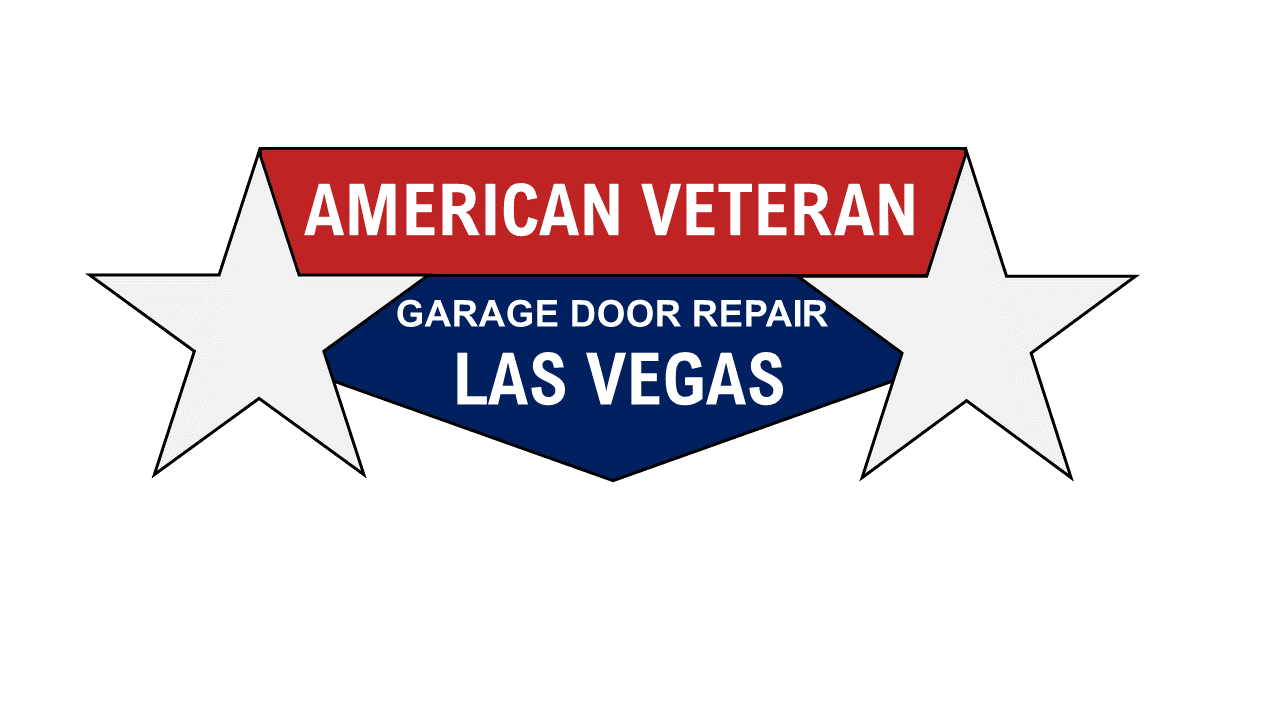Whether or not you are aware, there are government agencies that require specific R-value ratings for the ceilings in an attached garage. Additionally, however, there are also other benefits if you have insulation in the space, and if you have a detached garage, this doesn’t mean there aren’t any additional benefits.
For most people, the main reason for adding insulation in their garage is based on comfort. Insulation keeps a garage warmer in the winter and cooler in the summer. And while a simple space heater might help, you’re really just wasting energy and money, because the heat will escape and transfer through the walls, cracks, and crevices.
If you are wondering how to insulate your garage and why you should, in addition to comfort, the following benefits might convince you that it’s time to make this very important change to your space.
Types of Insulation
There are several types of insulation you can use, including batt or blanket, blown-in, and spray. Spray insulation requires a good bit of setup in advance and is best performed by a pro, but all for good reason. It’s effective and efficient.
First, determine the area of the space you plan to insulate, then add 10 to 20 percent to account for any mistakes and odd spaces you need to fill. Count the spaces above doors and windows and measure the space between joists and studs. Then, select your preferred type of insulation. Fiberglass is most common for blankets and batts, but there are many natural material options available. No matter what, finding one that isn’t made with formaldehyde is a top priority.
Take the square footage figure and divide it by whatever the square footage is for each roll or package of insulation you choose. This is how you will figure out how many packages of insulation needed. Simply follow the instructions and install as directed, typically using a staple gun to attach the vapor barrier to the studs in the wall.
Use Your Garage Year-Round
Garages are used to store much more than cars. They also serve as a shelter for fitness equipment, play areas, project workshops, and creative spaces. By having proper insulation and heat, you can enjoy your garage for any activity, at any time of the year.
Transmission of Heat and Cold
In most homes that have an attached garage, the door that connects the home to the garage usually has insulation and weather-stripping. Each time you open the door, hot or cold air will make its way inside your home, forcing your heating or air conditioning to work even harder. But if the garage is insulated, this will effectively combat the heat or the cold.
Protect Your Family from Carbon Monoxide
Vehicles emit carbon monoxide. Without any insulation in your garage walls, any carbon monoxide trapped in the garage can easily seep into your home, leaving a serious impact on the health of you and your loved ones.

